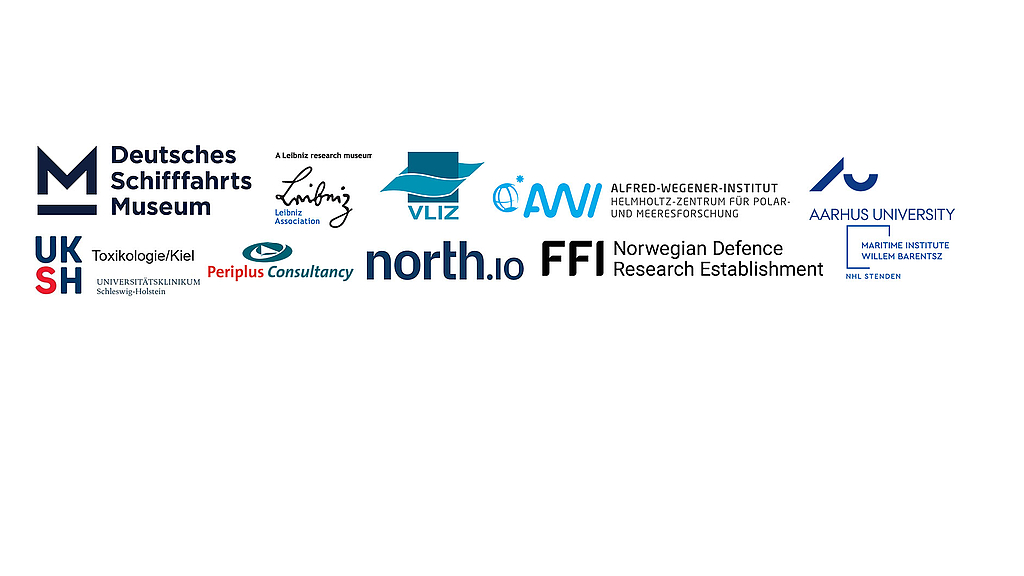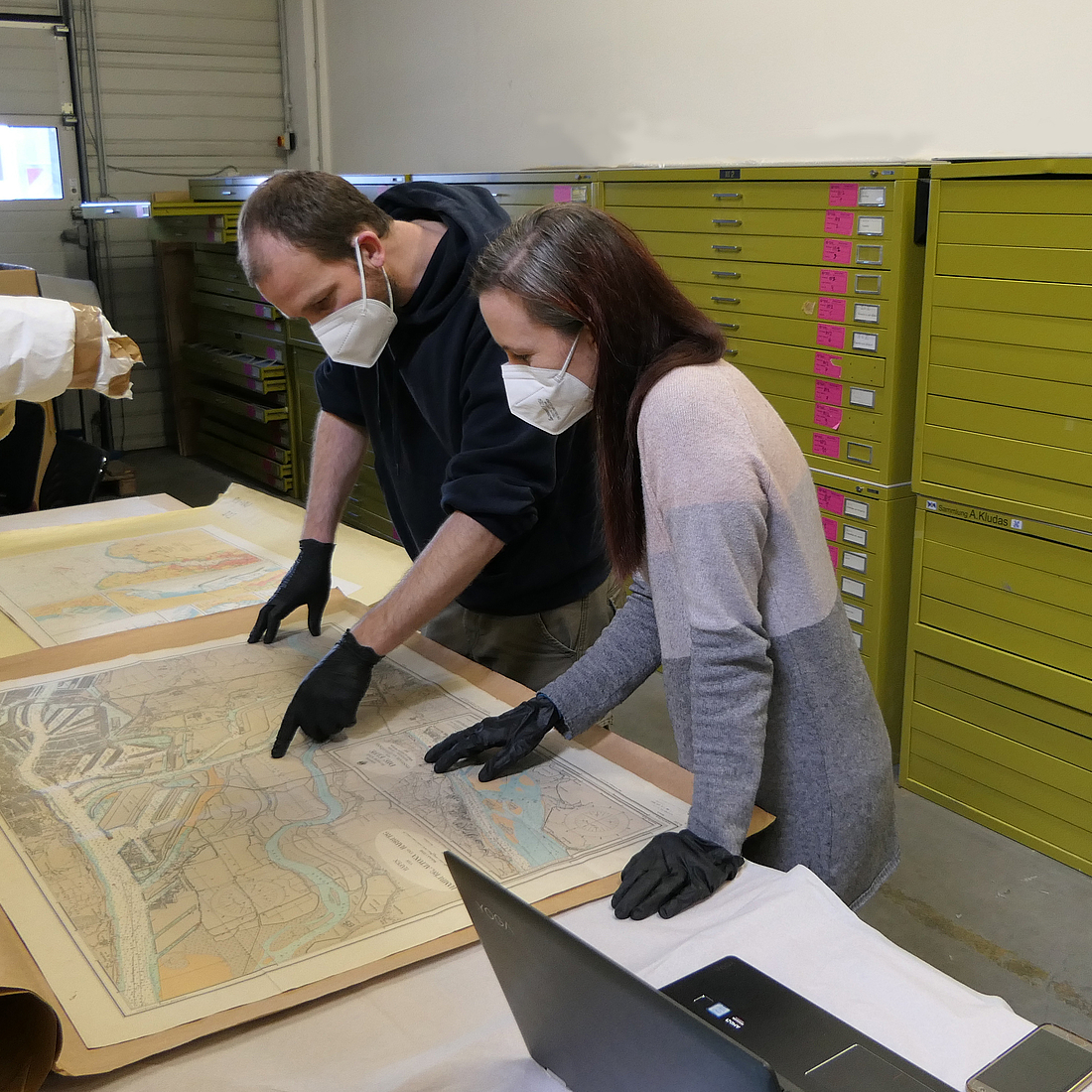Research: From archive to wreck site
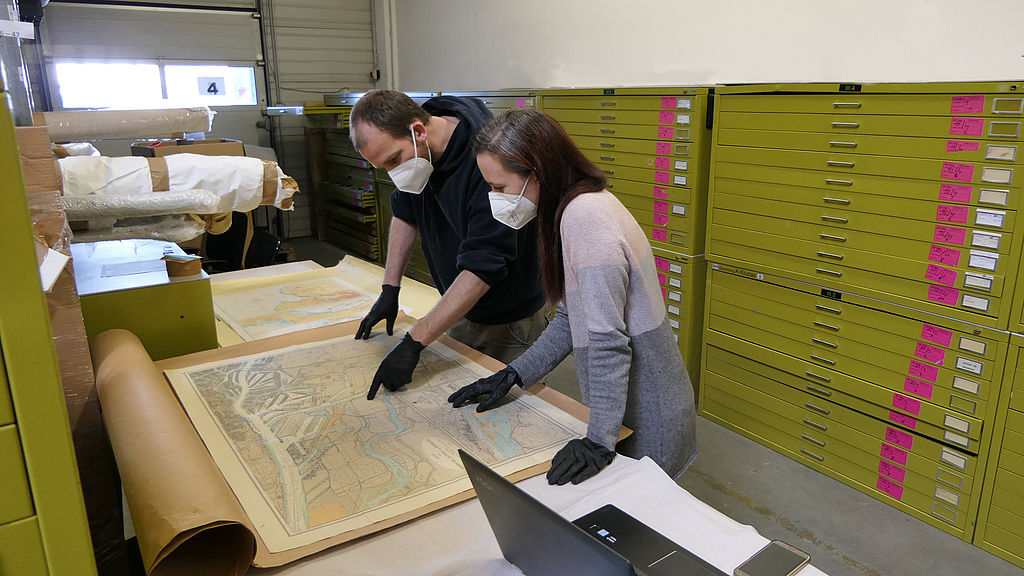
Philipp Grassel and Cornelia Riml researching historic naval maps in the archive of the German Maritime Museum © Cornelia Riml, German Maritime Museum
The North Sea Wrecks project features people with different expertise and from different countries working together to investigate military wrecks.
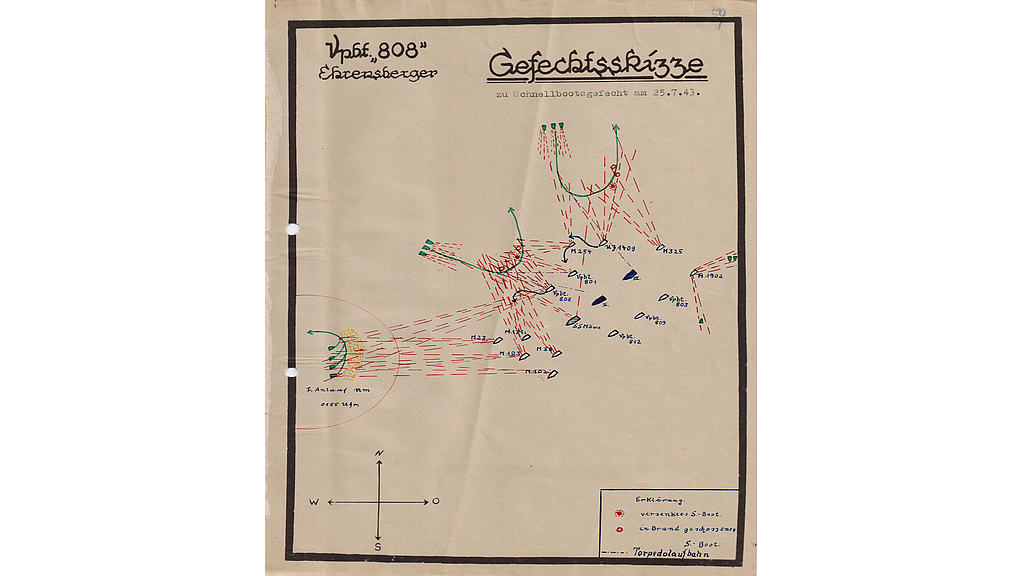
sketch combat situation at 25.07.1943 between British Motor-Torpedo Boats and a German Convoy Protection Squad. Available in War Diary of the 8th Outpost Boat-Flotilla from 16.06.1943 to 15.08.1943 © BArch RM 72/111
Trawling through documentation from the two world wars gives us initial clues as to the location of North Sea wrecks as well as information on their cargo.
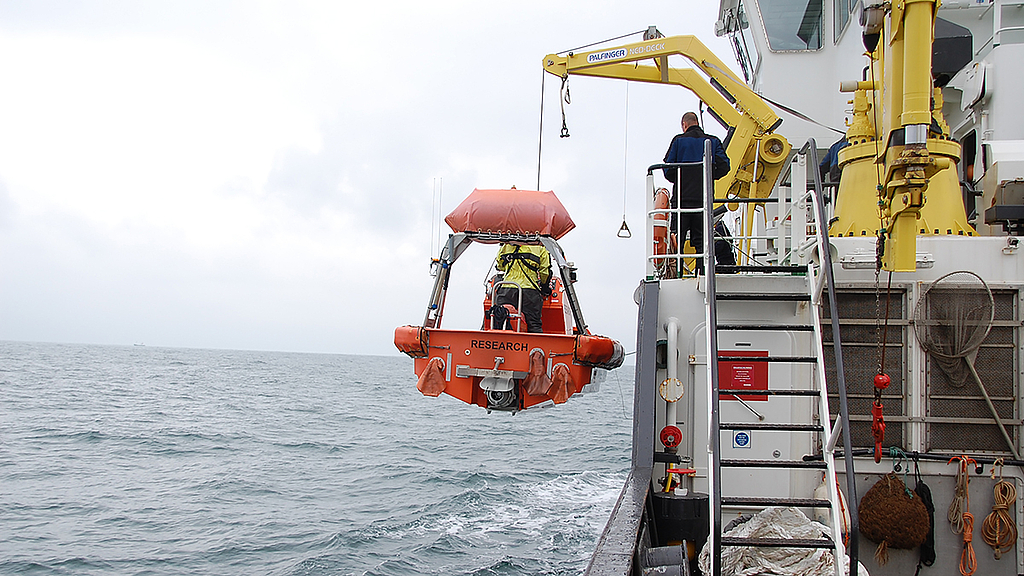
A scene on the research vessel SIMON STEVIN of the Vlaams Instituut voor de Zee. © Matthias Brenner, Alfred-Wegener-Institute
The next step will be to plan cruises with research vessels to the North Sea to study the wreck and its immediate environment. By use of seismic and acoustic geophysical mapping of the seafloor, we are looking for a wreck site from which to take vital samples.
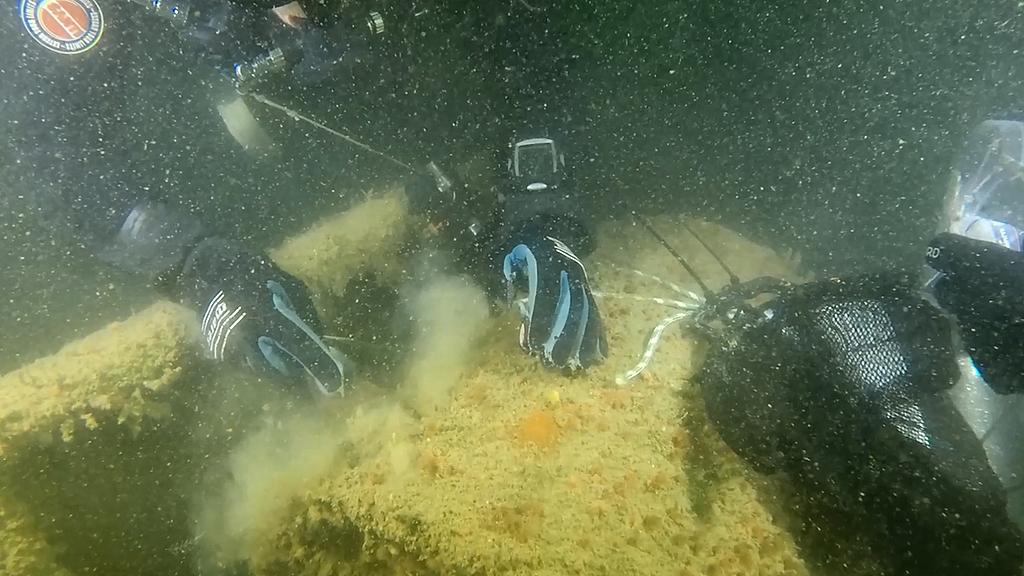
Scientific diver taking scratch samples from the wreck of the Vp 1302. © Vlaams Instituut voor de Zee
Scientific divers and remoted controlled vehicles carry out investigations directly on the wrecks and collect water and sediment samples. Scratch samples from the wreck will provide information on how the fouling on the wreck is contaminated with pollutants.
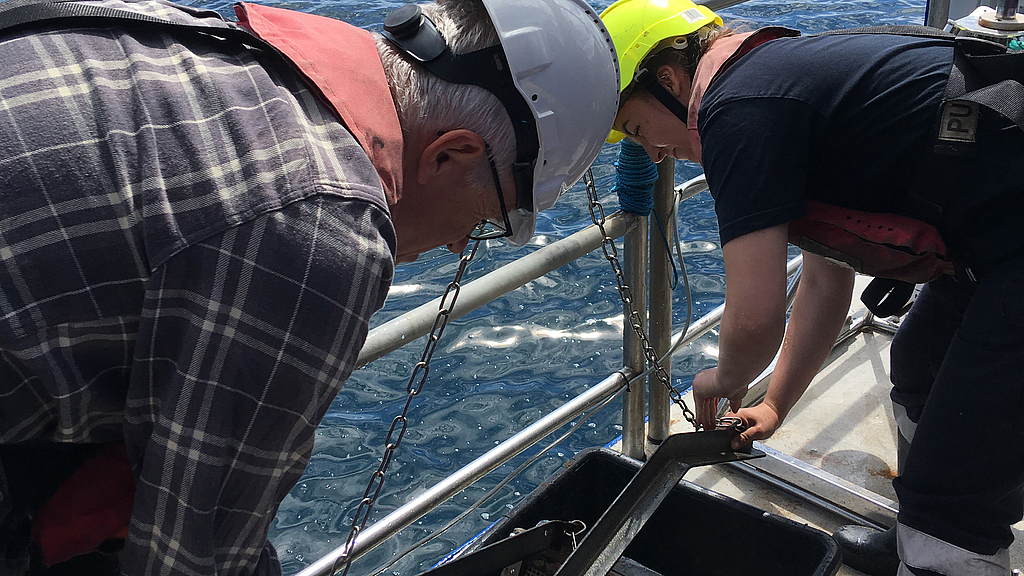
Ole Rønø Clausen and Maria Hvidkjær Jensen taking sediment samples © Katrine Juul Andresen, Aarhus University
While scientific divers collect samples underwater, the other researchers remain on board the ship, from where they will take water and sediment samples. They collect samples via oceanographic measuring instruments at different water depths.
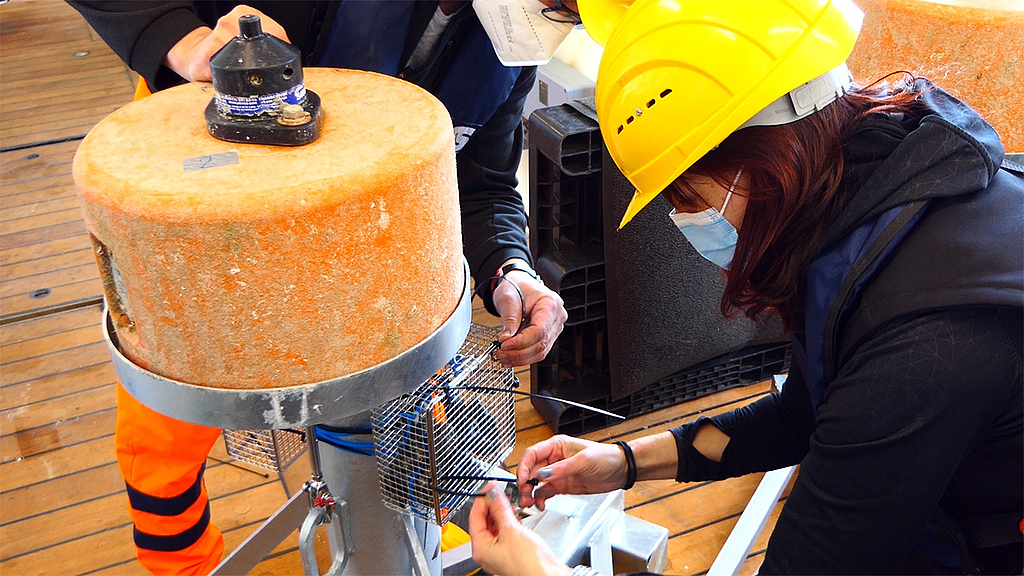
Preparation of the mussels for sampling in the environment of the wrecks © Cornelia Riml, German Maritime Museum
Mussels play a special role in our research: divers place mussels near the wrecks and collect them again after a few weeks. Because mussels ingest their food through filtration, they can be analysed to determine the quality of the water.
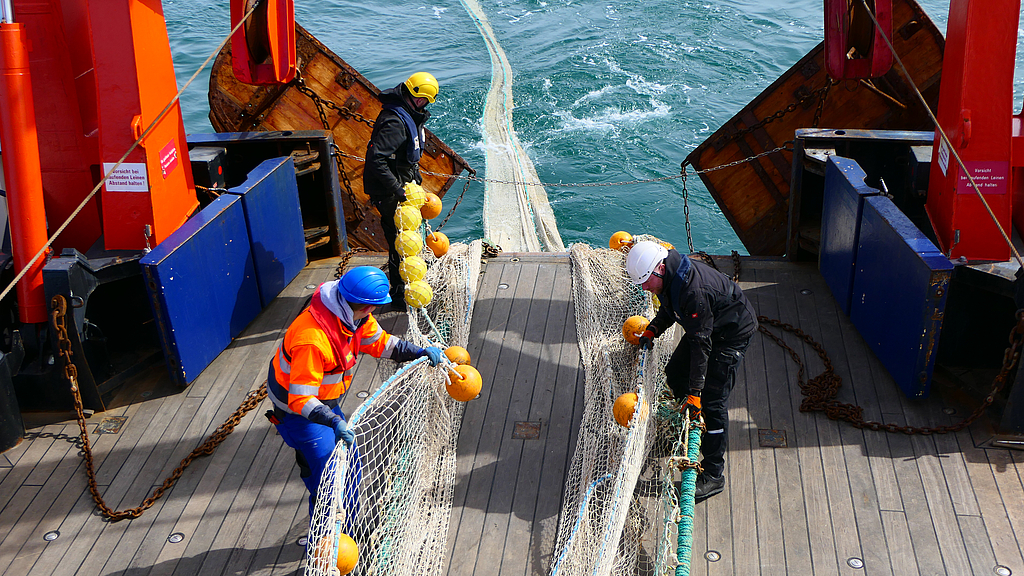
The trawl is thrown out. © Cornelia Riml, German Maritime Museum
In addition, we use passive samplers for comparison samples, which filter the water in a similar way to the mussels. Furthermore, we also catch fish that can be analysed alongside the mussels and other samples back in the lab. The samples are prepared on board and stored temporarily before being taken to the lab for further examination on land.
Partner
-